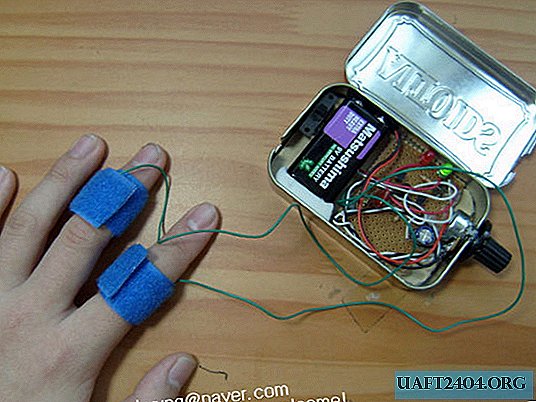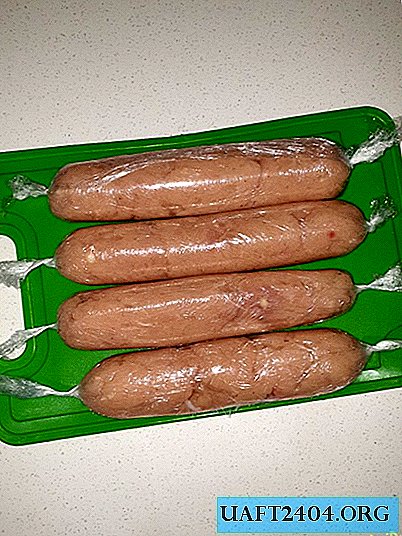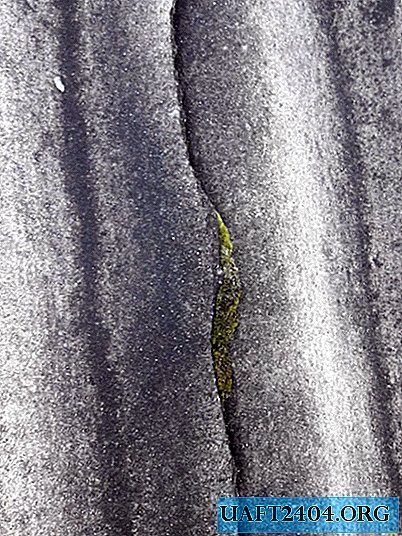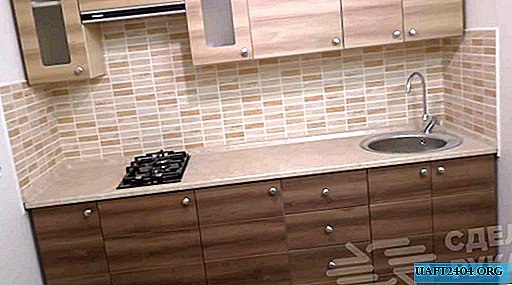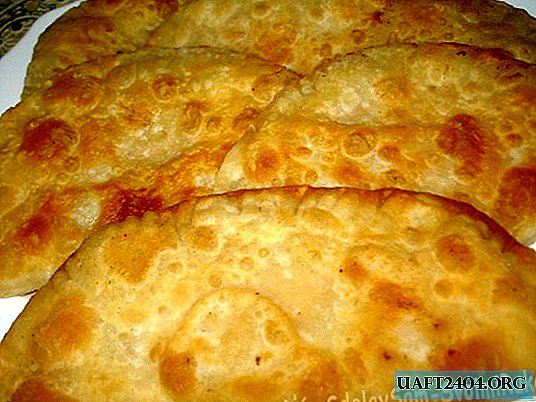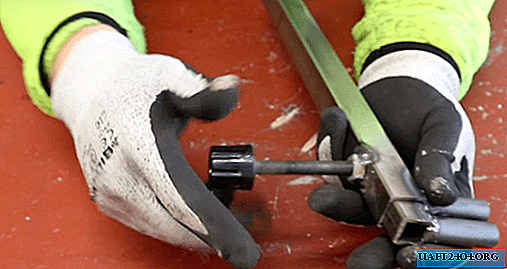Share
Pin
Tweet
Send
Share
Send
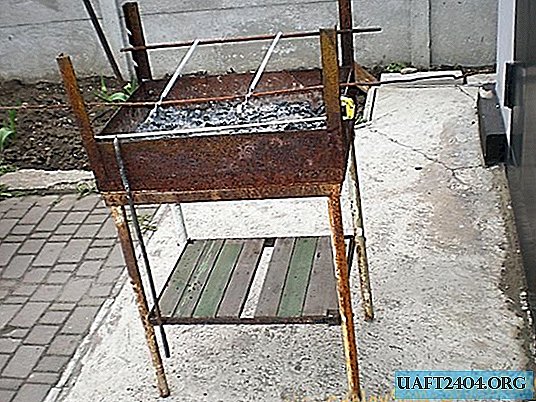
Content
- 1. Varieties of barbecues.
- 2. What fuel should be used?
- 3. Fuel consumption.
- 3. How to kindle a brazier with wood and coal.
- 4. Tools and materials.
- 5. Street barbecue made of metal.
BBQ - This is an open type stove, working on wood and coal. Thanks to this device, you can cook such a tasty and aromatic dish as barbecue. The article will provide information on various models of roasting ovens, the variety and consumption of fuel used, methods of igniting firewood, coal and the manufacture of a classic model of a stove with different levels of skewer placement.

Varieties of barbecues.
The simplest barbecue can be made of bricks or stones. In the absence of stone material, a hole is dug in the ground, and branches are laid at the edges to maintain skewers. A common frypot design consists of metal sheets interconnected into a rectangular box by welding or detachable fasteners.
Braziers are divided according to:
- - applied materials for earthen, stone and metal;
- - size for portable (mobile, non-collapsible) and stationary;
- - a source of energy for solid fuel, electric and gas.

What fuel should be used?
To ensure the intensity of thermal radiation, the purity of the smoke, it is necessary to use the following types of fuel:
1. Dry branches, trunks of fruit trees, oak, beech, acacia. Due to the high concentration of carcinogens released during combustion, it is undesirable to use dry material of conifers and birch.
2. Charcoal. It is made of birch and oak, apple and cherry. Low-quality coal, which is made from pine or aspen, is also sold. The main difference of a quality product is that it is dense, heavy and has a rich anthracite color (charcoal black with a gray sheen).
3. Coal briquettes. Such a product is obtained from hardwood varieties of coal by grinding, mixing with natural starch and pressing into briquettes. Close-packed products have a certain caliber, which allows you to accurately determine fuel consumption for different amounts of cooked meat.
Fuel consumption.
Fuel consumption depends on the weight and type of product being prepared, the direction and speed of the wind, the ambient temperature, the characteristics of the barbecue, and the quality of the wood. Since there are many variables on which the wood consumption depends, we consider how much fuel is needed for the presented model.

The brazier is located on the street near the wall, which protects the fire from the wind. The process occurs at a temperature of about 20 degrees Celsius. If this:
- - 1 kg of pig meat (kebab) or fish, then the product will be cooked for 15 - 20 minutes, and the average fuel consumption for firewood / coal / briquettes from hard varieties - 2.5 / 1/1 kg;
- - 1 kg of chicken legs, then it will take 25 - 35 minutes to prepare the dish. while the average fuel consumption rate will be 3.5 / 1.5 / 1.5 kg.
Data was collected during 12 experiments from May to June.
How to kindle a barbecue with wood and coal.
It is very simple to make charcoal from firewood in a barbecue. It is much more difficult to light a fire after the stove has been in the pouring rain. To ignite fuel in a wet barbecue, you can do the following:
1. Prepare dry branches, logs, in the required amount to prepare the desired amount of food.
2. On a wet bottom of the frypot, place 3-4 logs prepared from one prepared in one layer.
3. On the formed wooden base, lay crumpled, in any form, paper and on it in the form of a cone lay thin chips, twigs, and then logs of medium thickness.
4. Match paper or gas burner to scorch the paper.

5. After an intense flame appears, lay the rest of the cooked wood material and wait for the appearance of coal.
The ignition of finished coal or briquettes can be done according to the following technology:
1. Pour enough fuel out of the bag.
2. When using coal, detail it into identical pieces.
3. Lubricate the fuel liberally and evenly with coal firing agent. For these purposes, it is desirable to use a paraffin-based product or the head of moonshine, since these liquids do not emit a specific smell during combustion.
4. After 60 to 90 seconds, the treated fuel can be ignited. Exposure in the specified period of time is necessary to absorb the product in a wooden base.
5. The fan, which can be made of thick cardboard, create intense burning.
6. After the appearance of powerful thermal radiation, food can be put on the grill.
Tool and materials.
To make a metal brazier for the street you will need the following tool and material:
- drill with drills for metal with a diameter of 6, 10, 12 mm;
- Bulgarian with a cutting wheel;
- hacksaw for wood;
- spanners 10 - 12 mm;
- tape measure and pencil;
- a square at 90 degrees;
- a metal sheet measuring 600 X 1015 mm;
- corner 45 X 45 mm, length 120 mm;
- corner 35 X 35 mm - 5900 mm;
- corner 25 X 25 mm - 2100 mm;
- pipe with a section 3/4 "- 3 m;
- a rod with a diameter of 8 mm and a length of 700 mm - 2 pcs .;
- board 70 X 25 mm - 3.4 m;
- a bolt with a nut 40 X 6 mm in an amount of 30 pieces;
- self-tapping screw 20 X 3.5 mm - 14 pcs.
Metal barbecue
The process of manufacturing a multi-level barbecue will be held in the following stages:
Stage number 1.
On the prepared materials, mark and cut with a grinder from:
- metal sheet side walls with dimensions of 660 X 140 mm - 2 pcs., 455 X 140 mm - 2 pcs., 660 X 455 - 1 pc.;
- angle 45 X 45 two of the same length of the stop;
- corner 35 X 35 four racks for skewers of 350 mm each, the lower connecting elements for the barbecue length 660 mm - 2 pcs., 455 mm - 2 pcs., and tables 650 mm - 2 pcs., 455 mm - 2 pcs .;
- angle 25 X 25 of the screed-support 585 mm - 2 pcs., 455 mm - 2 pcs.;
- pipes 3/4 "four legs of 750 mm each.
Saw the board into seven bars 420 mm long.
When cutting all parts, it is necessary to take into account a cutting width of about 2 mm.
Stage number 2.
On racks from the 35 X 35 corner, according to the photo, mark up to get racks with right-sided (2 pcs.) And left-sided (2 pcs.) Placement of grooves. Drill holes with a 12 mm drill, and use a grinder to cut out the grooves for the skewers.

Stage number 3.
In the two lower connecting parts for the frypot (35 X 35 X 660 mm), cut a groove along the edges of one bar to fit the corners 35 X 35 X 455 mm flush.
Stage number 4.
Using bolts, attach the connecting elements to the side walls of the barbecue.
Stage number 5.
Attach the bottom to the resulting frame with bolts.
Stage number 6.
Mount the skewer racks in the corners to the formed box so that the grooves are directed along the width of the grill.

Stage number 7.
Bolts to the end of the bottom attach the stops.

Stage number 8.
To a pair of table legs attach one screed-support with a length of 455 mm. Tighten four legs with a 585 mm screed.


Stage number 9.
At the top of the legs around the perimeter, install the connecting elements from the corner 35 X 35.

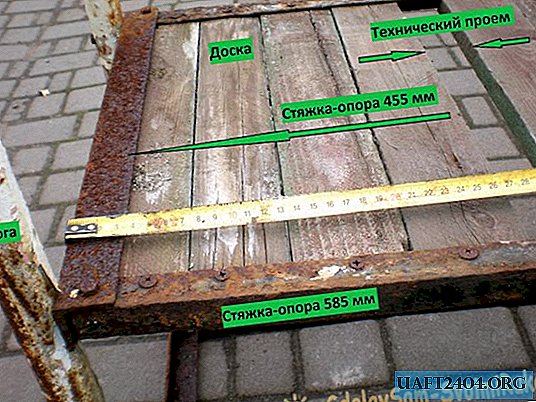
Stage number 10.
Drill holes for fastening the board on the back side of the 585 mm screed.
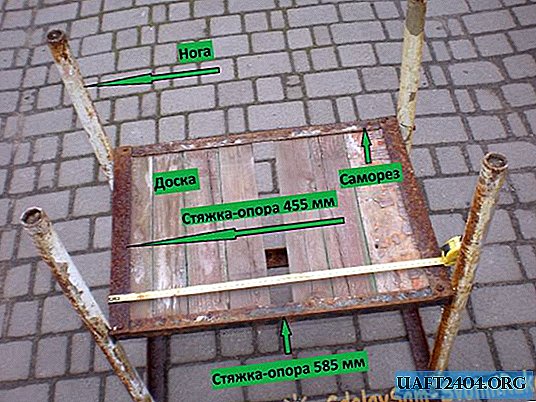
Stage number 11.
Saw a groove in two wooden bars at the edges to accommodate the fasteners of the screed supports.
Stage number 12.
Install the bars with grooves along the edges of the table shelf and secure them with self-tapping screws. Fill and fix the remaining boards of the shelf in such a way that a technical opening is formed in the middle, which contributes to comfortable site maintenance.

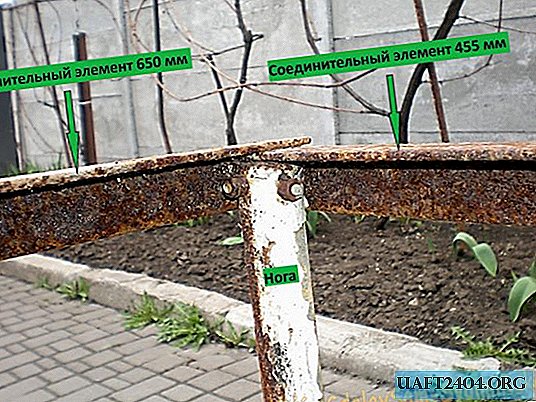
Stage number 13.
Put the brazier on the table, mark the holes in the middle of the walls of the brazier at a distance indicated in photos 5 and 14.
Stage number 14.
In the wall of the fryer with dimensions of 660 X 140 mm, make holes with a diameter of 6 mm (12 in total), and in the wall of 455 X 140 mm - 10 mm (only 8 pcs.).
Portable metal barbecue is assembled and ready for testing.
Share
Pin
Tweet
Send
Share
Send

